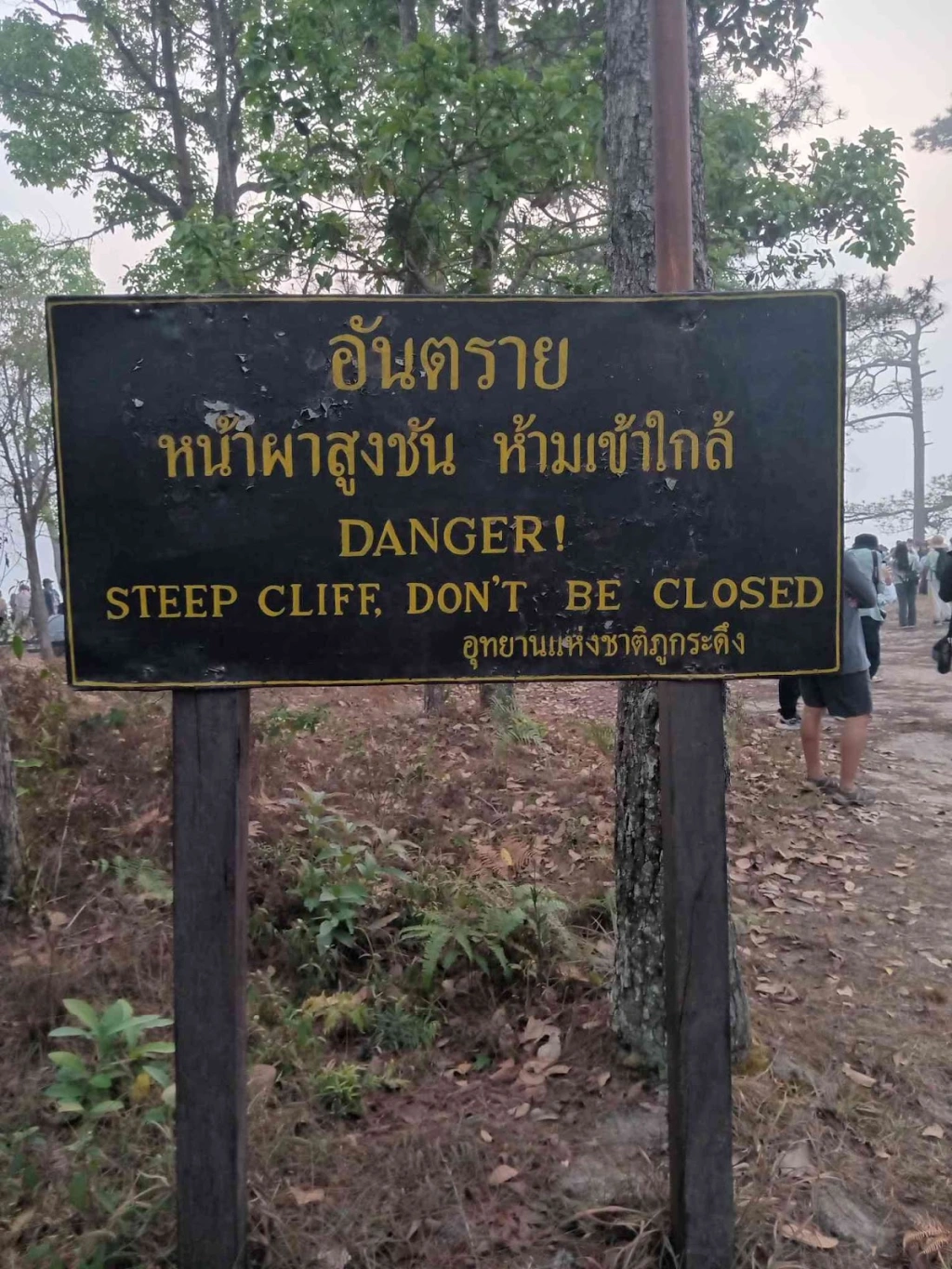Andrew Snyder, 126
On behalf of the staff and regional wardens, I want to say thank you to everyone who took part in the Emergency Action Plan test this year. This was the second year in a row we have tested the plan here in Thailand and the staff and your wardens have gained valuable experience because of these drills. Over the last year we have seen several Peace Corps countries execute their plan because of political unrest, biological hazards or natural disasters. Although Thailand has not had to enact the plan, since January 2014 there have been instances of political unrest, earthquakes, heavy rains and some localized flooding that have affected volunteers. This article will briefly discuss the most frequent natural disasters in Thailand, preparation tips and the community response.
The types of disasters common in Thailand were outlined in one of the EAP cluster discussion groups and are supported by the following table from a recent country report provided by the Department of Disaster Prevention and Mitigation (DDPM). As the table shows, rain induced disasters are the most likely type of disaster to occur in Thailand.Although excessive rainfall related disasters are the most frequent, currently there is a drought effecting provinces in all 5 regions[1] which has created economic hardships for farmers and increased the risk for flash floods following heavy rains during the typhoons season and seasonal rainfalls. Keep an eye out for weather updates in the Khao Rai Sub Da. During the rainy season of 2011, the worst flooding in fifty years affected 65 of the 77 provinces in Thailand and forced evacuations in many areas, including Bangkok. Many of your villagers can probably tell you about those floods and what happened in your area. Speaking of floods, do you know how to prepare for a flood?
[1] http://englishnews.thaipbs.or.th/18-provinces-declared-drought-stricken-areas
Thailand Country Profile 2012. Compiled by RujiraChariyahphan, Department of Disaster Prevention and Mitigation.
Here are a few tips to help in case of a flood: Prepare an emergency kit as directed in the EAP and make sure you have enough clean drinking water.
Let Peace Corps know your situation!!!
Before
Inform Peace Corps about the changing weather conditions in your area. Secure your home. If possible, move essential items to an upper floor. Turn off utilities at the main switches or valves. Disconnect electrical appliances. Do not touch electrical equipment if you are wet or standing in water.
During
Try to remain in a safe and elevated area of your home. Make sure you have an exit route in case the water rises and you need to evacuate. If your home is in a flood prone area, you may need to find somewhere else to stay for a few days.
If you have to leave your home, remember these evacuation tips:
Do not walk through moving water. Six inches of moving water can make you fall. If you have to walk in water, walk where the water is not moving. Use a stick to check the firmness of the ground in front of you.
After
Have someone check the utilities and electrical wiring before turning the power back on. Avoid floodwaters; water may be contaminated by oil, gasoline or raw sewage.
Service damaged septic tanks, cesspools, pits and leaching systems as soon as possible. Damaged sewer systems are serious health hazards.
Clean and disinfect everything that got wet. Mud left from floodwaters can contain sewage and chemicals. Contact Peace Corps and let them know you are safe.[1]
Now that the hot season is almost over (hallelujah) we will soon be enjoying the rainy season, but hopefully not flooding. Expect to wait out the rains a few times on your bike ride home or from a quick shopping trip.If you are in an area suffering from diminished rainfall, be on the lookout for Thai cultural events to encourage rainfall. Ghost festivals, rocket launches, cat processions? Let Sticky Rice know! As you continue to integrate into your community, ask your counterparts, friends and villagers about recent floods or other types of natural disasters that occur in your area. This could also be a great opportunity to meet and talk with your civil defense volunteers อาสาสมัครป้องกันภัยฝ่ายพลเรือน (อปพร.).
In your community, the civil defense volunteers fall primarily under the direction of the chief administrator officer (Balat) with the mayor (Nayok) serving as a deputy. Additional support is provided by the village phuuyaibaans and other designated officials. These officials are responsible for disaster prevention and mitigation in the tambon. In addition, there is usually a group of volunteers who have been trained in various response techniques ranging from first aid/CPR and traffic control to advanced firefighting. In the past, the civil defense volunteers have provided support to child safety day events held at Peace Corps volunteer sites and can be good resources within your community. If you are interested in organizing a discussion on general safety, possible school programs or volunteerism in your community, talk with your Balat and see if you can get the civil defense volunteers involved.
[1] Adapted from Ready.gov – Floods http://www.ready.gov/floods
Emergency numbers in Thailand:
Tourist Police 1155
Police (General Emergency Call) 191 or 123
Ambulance and Rescue 1646 or 1669
Fire 199
National Disaster Warning Centre 1860





Share your thoughts